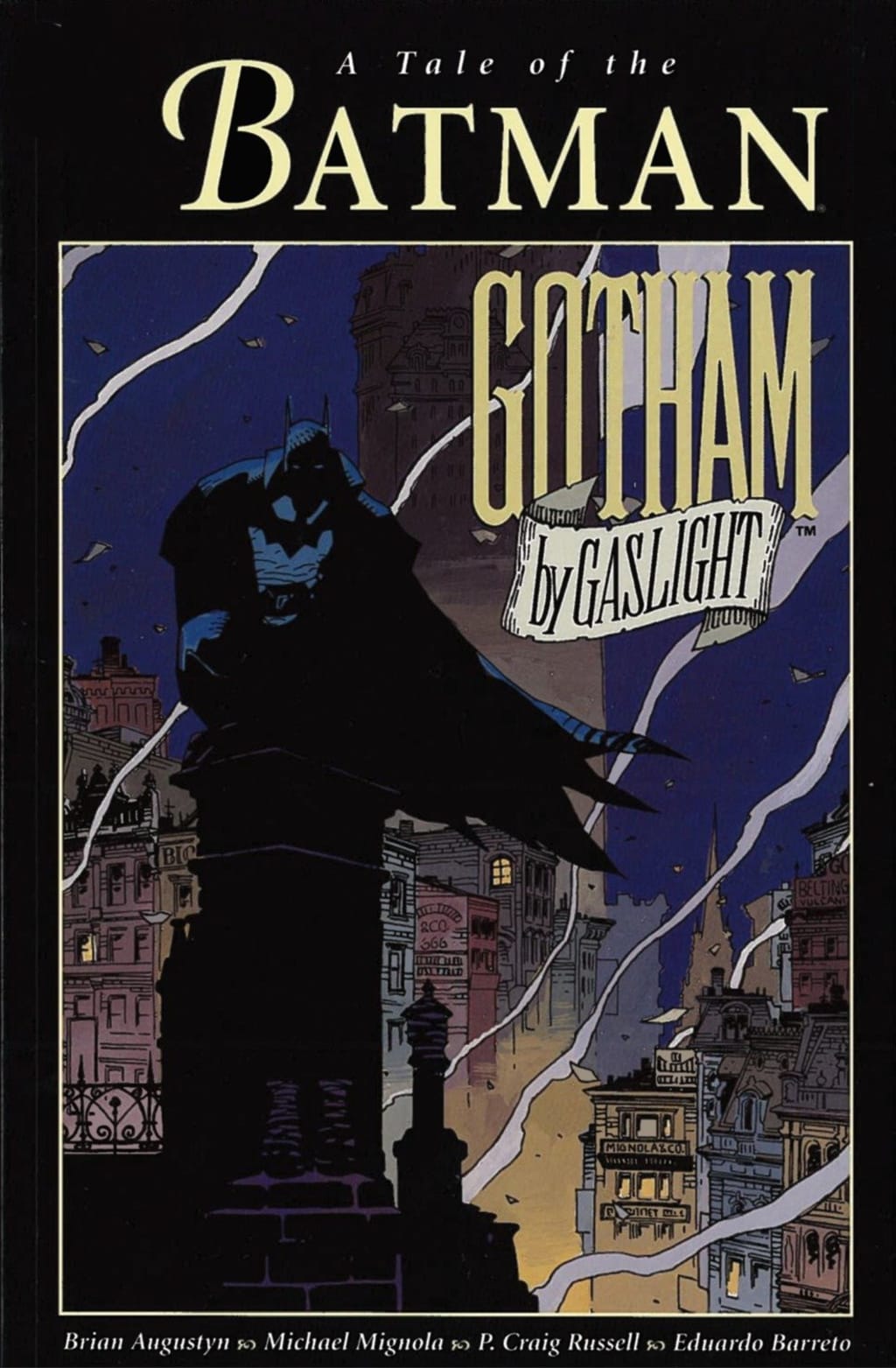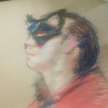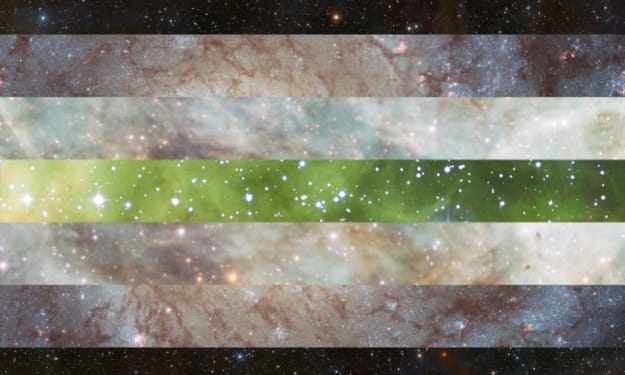Vampire Bats
A classic villain, a modern hero, and their complicated relationship

IF THIS, THEN THAT:
VAMPIRE BATS
I love a good superhero movie. I also love the classic tale of Dracula. And I never suspected how much I would find when I looked into how those two things could be connected. One hero in particular stood out as a close literary relative of the sinister Count, and it's exactly the one you'd expect.
In 1931, working actor Bela Lugosi achieved stardom with the title role in the first full film adaptation of Bram Stoker's classic horror, Dracula.
It was a great success, and ambitious plans were made for a sequel: Dracula's Daughter would follow the titular Count's female descendant, Countess Marya Zaleska; but would be tied to the previous film with prologue and epilogue sequences showing Dracula's rise to power as Vlad the Impaler, and his fall to the curse of vampirism, a curse which he would pass down to his daughter as her only inheritance.
These planned aspects of the film were epic in scope, but they never came to be realised. They were deemed far too expensive - one of the biggest expenses being Bela Lugosi, as a foreign immigrant, having the audacity to ask for (gasp) equal amounts of money as his American co-stars.
The epic sequences were scrapped, the film went ahead as a quiet, film-noir-esque affair, and Lugosi's reputation with the studio never recovered. The studio had allegedly always wanted Lon Chaney Sr. for the part anyway; but he refused to be typecast, having already played the Hunchback of Notre Dame, the Phantom of the Opera, and a vampire detective in London After Midnight. So when the next sequel came around, Son of Dracula, the title role went - in a clear message for Lugosi to "know his place" - to Lon Chaney Jr., the real life son of their intended Dracula actor.
Thanks to the genre's popularity, there was a rise of interest among comics fans for a darker type of hero like The Shadow; one story written for the Shadow series, The Case of the Chemical Syndicate, went on instead to be the debut story of comics writers Bill Finger & Bob Kane's newest creation: The Bat Man. His original design was based on the classic character Zorro - and Zorro has been portrayed by Frank Langella, who played Dracula on stage in the 1970's; & Antonio Banderas, who played Armand the thespian vampire of Paris in Interview With the Vampire.
Universal Studios, meanwhile, back in the 1930s & 40s, also had the rights to a number of other horror stories, including Frankenstein, the Wolf Man, the Invisible Man, and the Mummy. They went ahead with a series of films joining their characters together, such as House of Dracula, and Frankenstein Meets the Wolfman, in what became known as the "Universal Monsters" series - a forerunner, perhaps, of "shared universe" franchises like the Marvel Cinematic Universe. Bela Lugosi played Frankenstein's servant Igor, while Lon Chaney Jr. played the Wolf Man.
These films soon ceased to be true horror movies, becoming instead a series of cartoonish adventures - so much so, that the final full length film in the series was Abbott & Costello Meet Frankenstein. Bela Lugosi at last returned as Dracula, only to be swiftly done away with by Lon Chaney Jr's Wolf Man.
The series puttered out, and a decade later the Hammer horror series burst onto the screen in a rush of blood & sex, and took the world by storm.
Universal Studios competed by going even further into comedy - allowing their copyrights for characters such as Dracula, Frankenstein & the Wolf Man to be used in America's newest and quirkiest sit com, The Munsters. The very same sets, props, costumes, and even some of the same team of writers, went straight from the old horror film series to the new television comedy.
Most people assume that the Munsters' main rival was the spookily similar sit com The Addams Family; but in fact, the final nail in the Munster coffin, leading to its complete cancellation after only two seasons on the air, was something very different: Adam West's campy turn as Batman, in 1966.
And this was to be one of many points of crossover, through many years and different media, between the classic villain Dracula and the modern hero Batman.
In 1974, Dracula was adapted for television in the US, starring Jack Palance. Hammer's classic Dracula actor Christopher Lee declared this his favourite version; it got its own spin off comic book series, Tomb of Dracula, which introduced us to the superhero Blade the Vampire Hunter. When they saw that a vampire hero could be popular, a rival comics company created Vampirella - raven-haired, bikini-clad assassin from the planet Draculon. And Mina Harker, heroine of Bram Stoker's original novel, became a main character in Alan Moore's unconventional comic series The League of Extraordinary Gentlemen.
Meanwhile, Jack Palance went on to play crime boss Carl Grissom in director Tim Burton's Batman blockbuster.
In that same film, Michael Gough, who played protagonist Lord Holmwood, opposite Christopher Lee in Hammer's first Dracula outing, appeared as Bruce Wayne's loyal butler, Alfred. In one of the film's stand out action sequences, Batman flies in a plane with bat shaped wings and nose cone - a design taken straight from Bela Lugosi's scrapped prologue in Dracula's Daughter, where just such a plane was intended for him, but was clearly one of the things deemed to expensive to film.
In Tim Burton's sequel, Batman Returns, Bruce Wayne faces rival billionaire Max Shreck - who shares his name with the star actor of the silent vampire classic Nosferatu: Symphony of Horror.
Tim Burton's success with Batman is credited with creating the boom of superhero movies from the mid 90s to the early 2000s - including Blade, Vampirella, Van Helsing, The Shadow, The League of Extraordinary Gentlemen, The Mask of Zorro, & Superman Returns - in which former Dracula & former Zorro, Frank Langella, plays Clark Kent's boss at the Daily Planet, Perry White.
Gotham by Gaslight, a Batman comic series set in the days of Jack the Ripper, was inspired by the silent film London After Midnight, the film in which Lon Chaney Sr. played a vampire detective. It was later remade as Mark of the Vampire, starring none other than Bela Lugosi.
Batman's nemesis, the Joker, was based on the title character of the silent horror film The Man Who Laughs, made by Nosferatu director F. W. Murnau. Cesar Romero, who played the Joker in the 60's, also appeared as Dracula in a segment of the television series The Night Gallery in the 70s. Heath Ledger, who played the Joker in 2008, based his performance on Tom Waits, who played Renfield in 1992's Bram Stoker's Dracula. In that version the Count is played by Gary Oldman, who then appeared opposite Heath Ledger as Batman's ally, Commissioner Gordon.
And finally, the next Batman to grace our screens will be Robert Pattinson, who became famous as the problematic sparkly teenage vampire Edward Cullen in the Twilight series (which, by the way, he absolutely hated, and is reportedly much happier in his new role).
So there you have it - vampires really do turn into bats!
About the Creator
Mx. Stevie (or Stephen) Cole
Genderfluid
Socialist
Actor/actress
Tarot reader
Attracted to magic both practical & impractical
Writer of short stories and philosophical musings






Comments
There are no comments for this story
Be the first to respond and start the conversation.